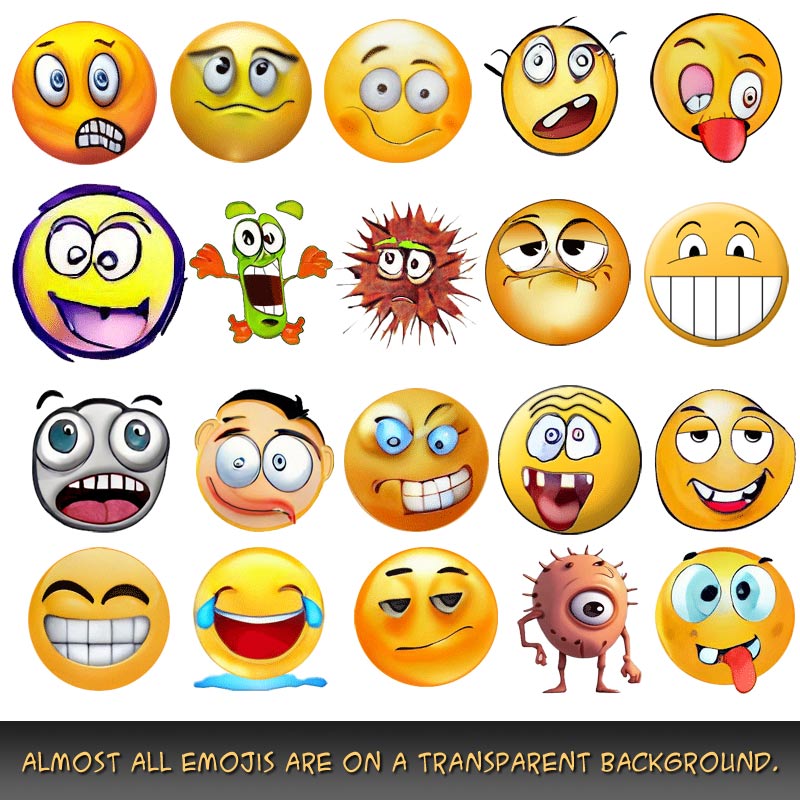Nothing is for sale here. Freewill tips keep the site running. Want to help? → Tip via Paypal
Bold or Strong Element, Which Tag to Use
At first glance HTML can seem a little dippy because there are different elements that appear to do the same thing. Both the bold element and strong element render text in bold type in most browsers.
Why?
The bold element is intended to be purely visual, while the strong element is intended to add aural stress to emphasized words.
In other words, a bold element should be displayed in bold type, but won’t necessarily be stressed by screen readers any differently than normal text; whereas a strong element is also rendered in bold type, but will stressed more than normal text by screen readers.
Here are two visual examples of usage:
Bold: We must <b>never</b> drive in reverse while blindfolded.
Strong: Though <strong>tempted,</strong> Joe had never eaten a cement truck. He was afraid of tooth damage.
You can see the HTML code that was used, along with the results those tags produce. They look the same, but if you were using a screen reader the word “tempted” should be stressed aurally.
I don't use a screen reader, so I don't know how a long text passage would be audibly stressed using the strong element. I would suggest using the bold element for longer text pages. Of course, the <b> element is easier to type, so you may also want to use it where aural stress isn't important.
There’s a similar difference between the italic and emphasis elements. You can read all about it in this italic text tutorial.





